13 GPTs for Layout Planning Powered by AI for Free of 2025
AI GPTs for Layout Planning are advanced tools that leverage Generative Pre-trained Transformers to assist in designing and organizing physical or digital spaces. These tools are pivotal in streamlining the process of layout planning, offering solutions that adapt to various requirements and complexities. Through natural language processing and machine learning, they can understand and execute tasks related to spatial arrangement, design optimization, and functional aesthetics, making them invaluable in fields requiring meticulous layout considerations.
Top 10 GPTs for Layout Planning are: Wireframe | Wizard,Elegance AI,ROBOLAB Beta,Interior Designer,设计狮,Design Space Guru,Warehousing Operations Expert GPT Consultant,Model Railroader,2D Cutting Stock,Interior Designer
Wireframe | Wizard
Empower Your Design with AI-Driven Wireframing
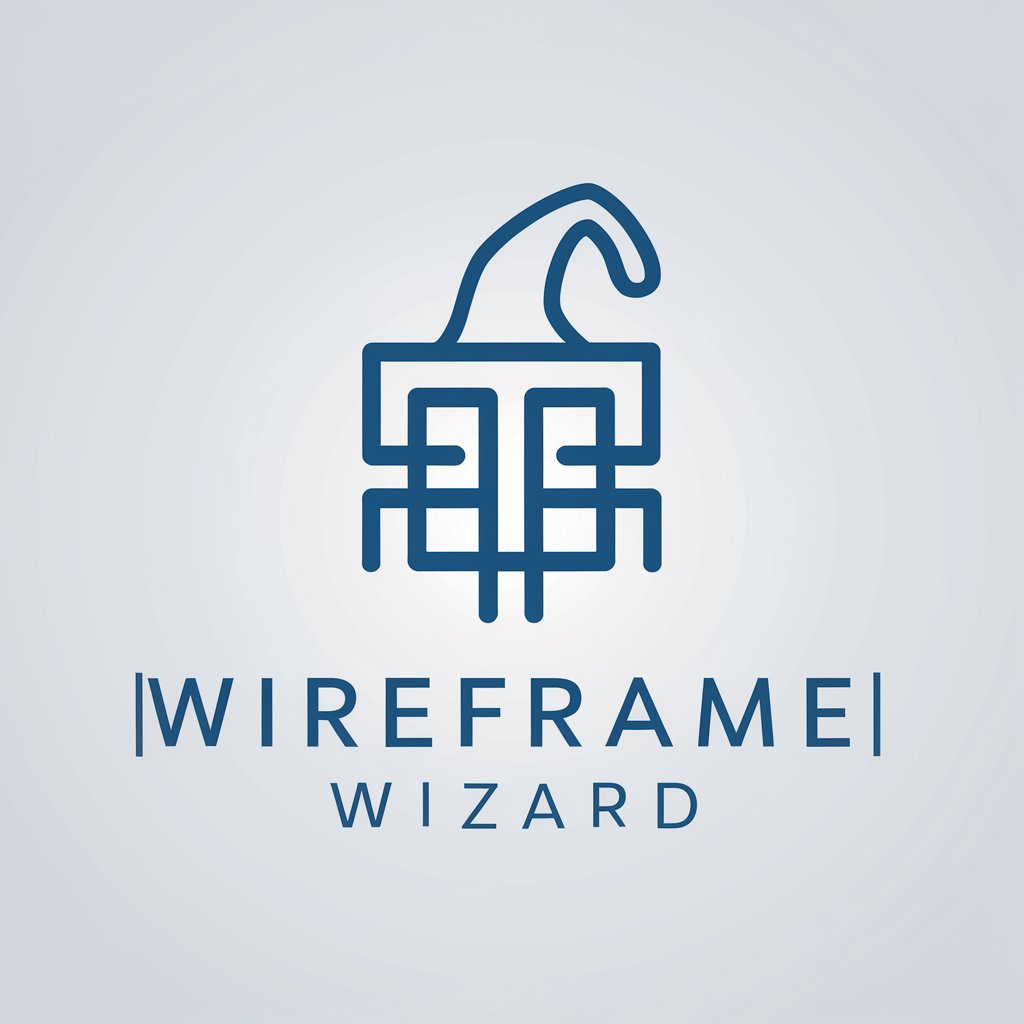
Elegance AI
Transforming Spaces with AI Ingenuity
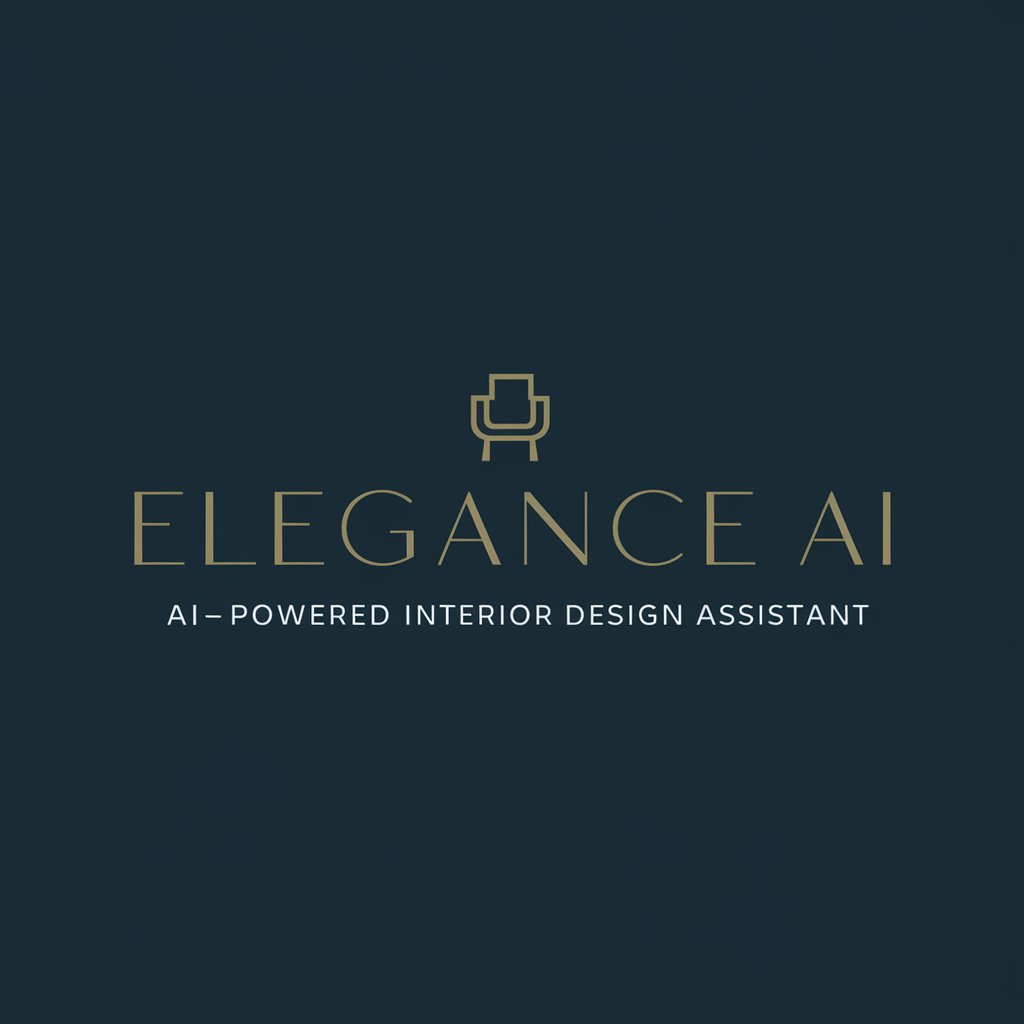
ROBOLAB Beta
Empowering Labs with AI-Powered Automation

Interior Designer
AI-Powered Custom Room Design

设计狮
Empowering your design vision with AI
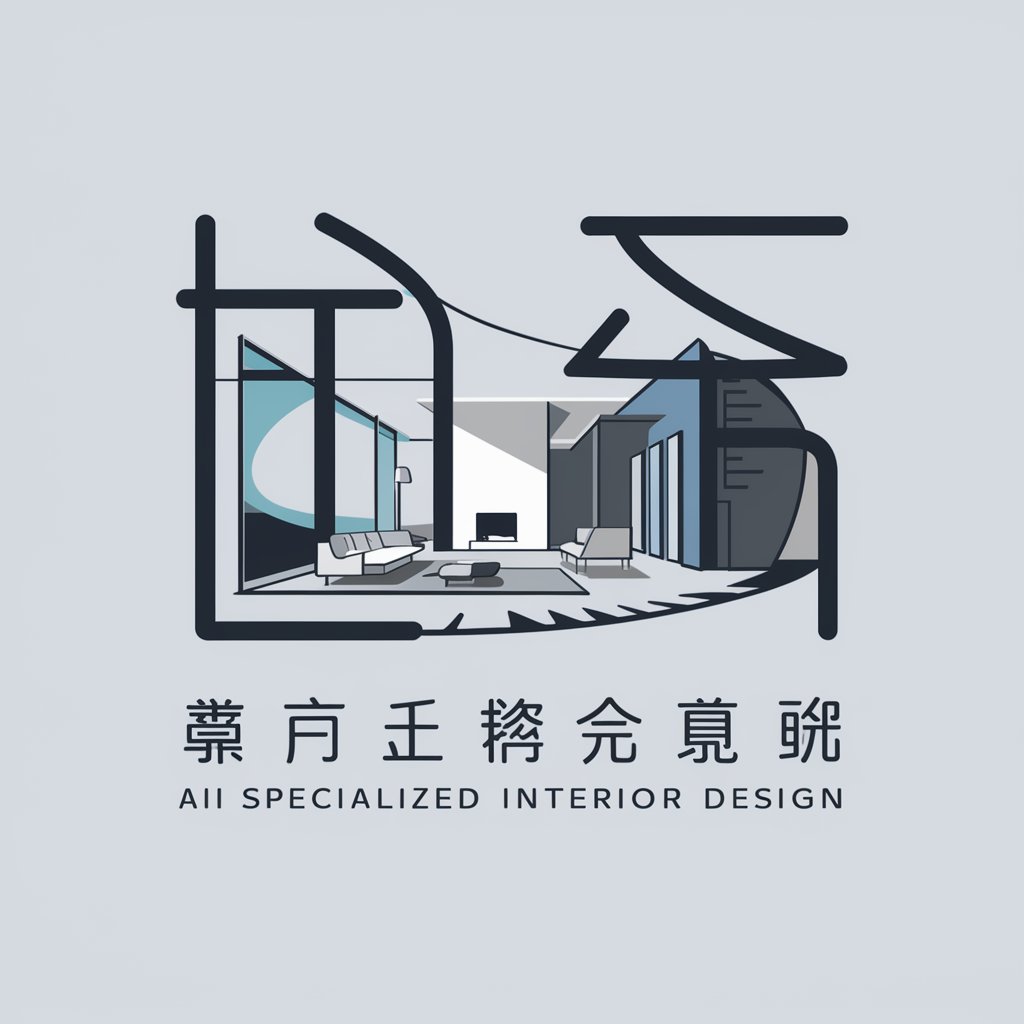
Design Space Guru
Revolutionize Your Space with AI
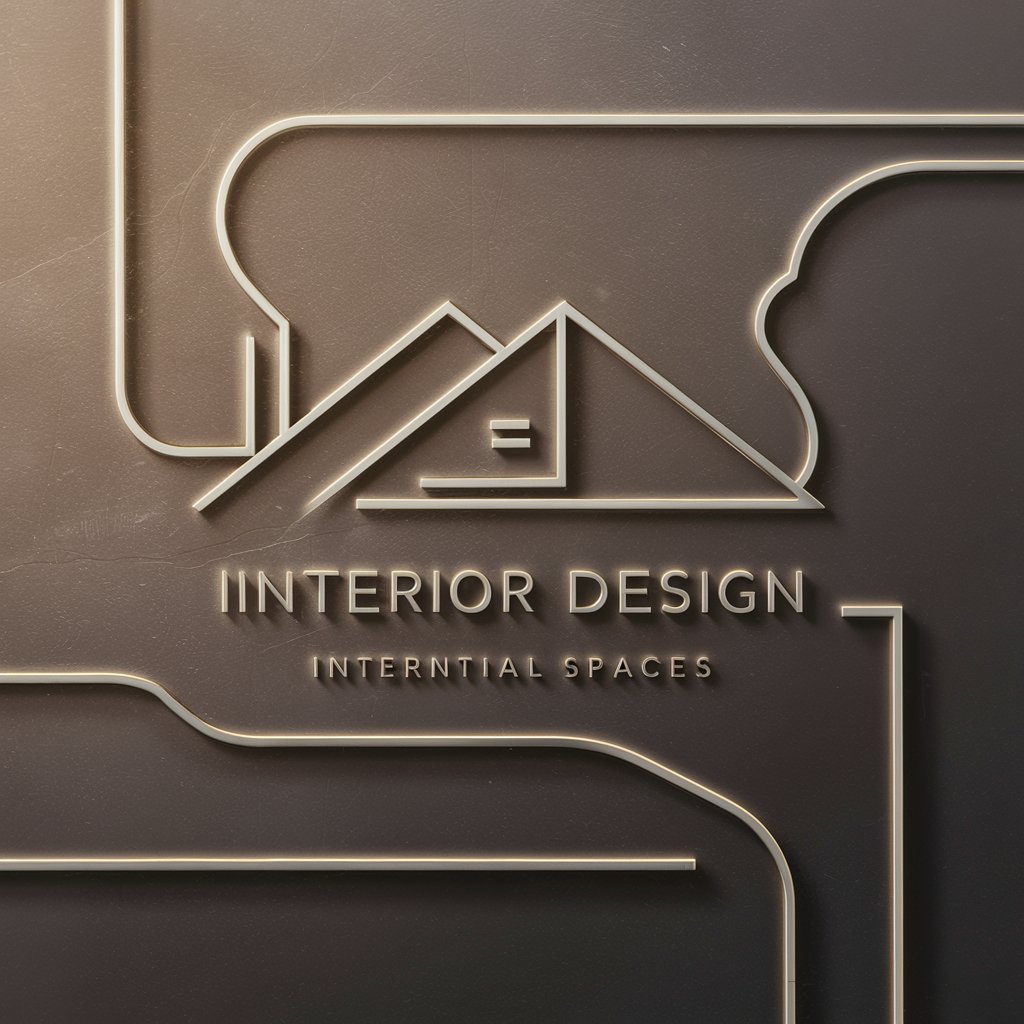
Warehousing Operations Expert GPT Consultant
Streamline Your Storage with AI-Powered Insights

Model Railroader
Elevate Your Model Railroading with AI
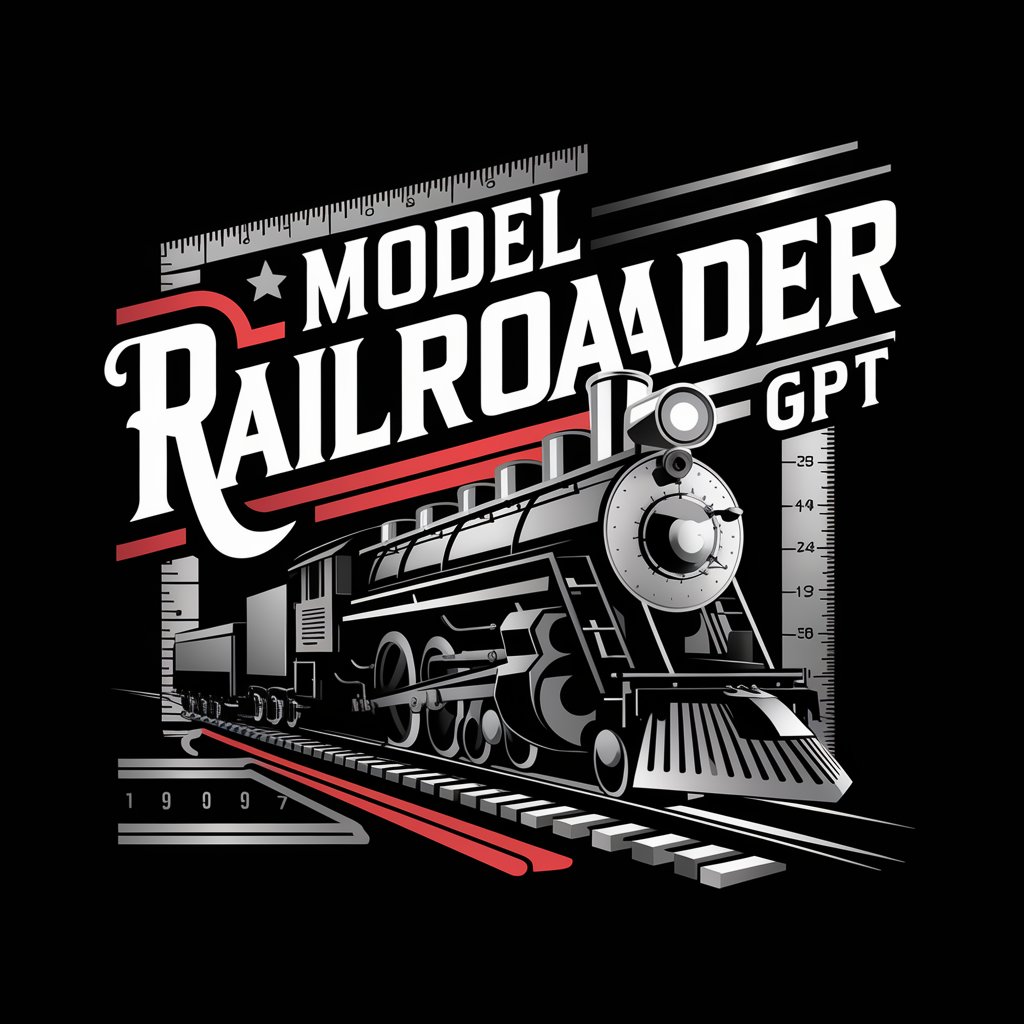
2D Cutting Stock
Optimize, Cut, Save - Powered by AI

Interior Designer
Empowering Your Design Vision with AI
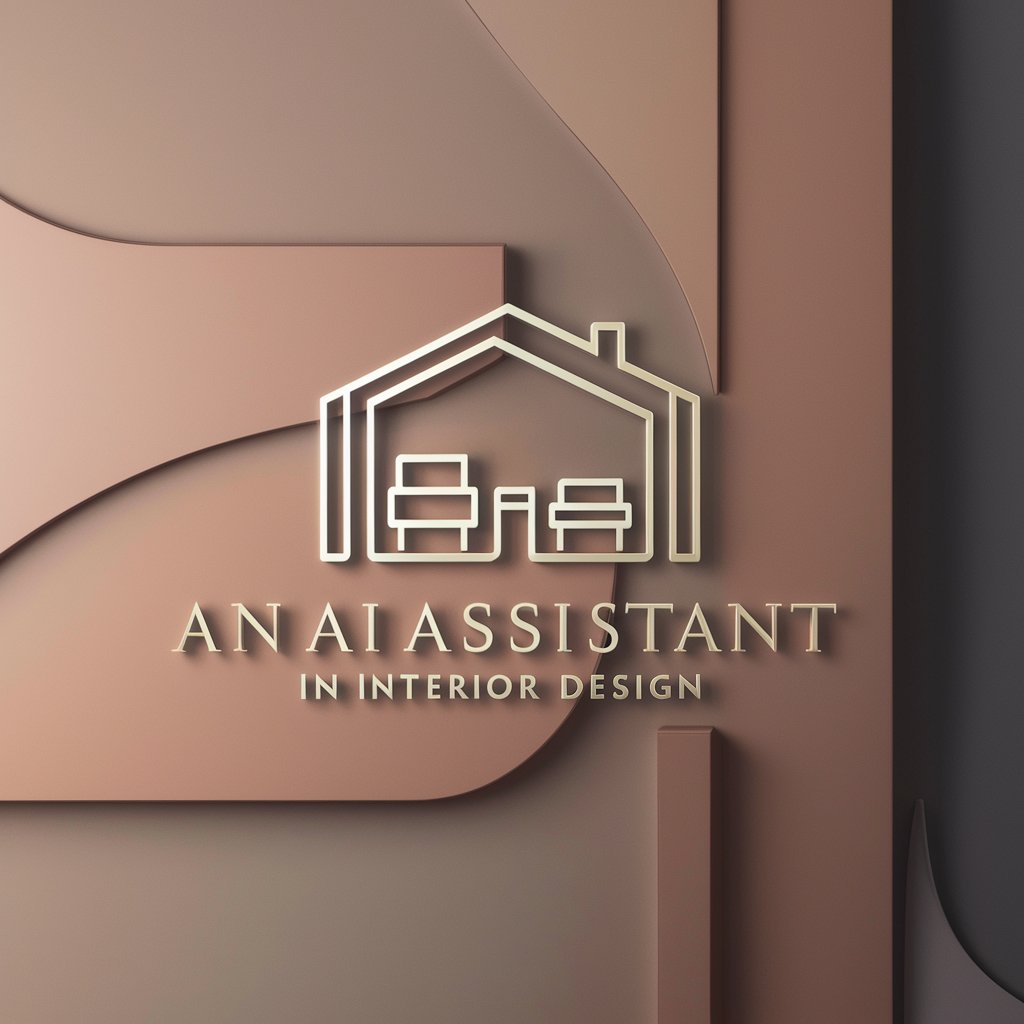
Manga Layout Master
Craft Your Manga, Panel by Panel, AI-Powered
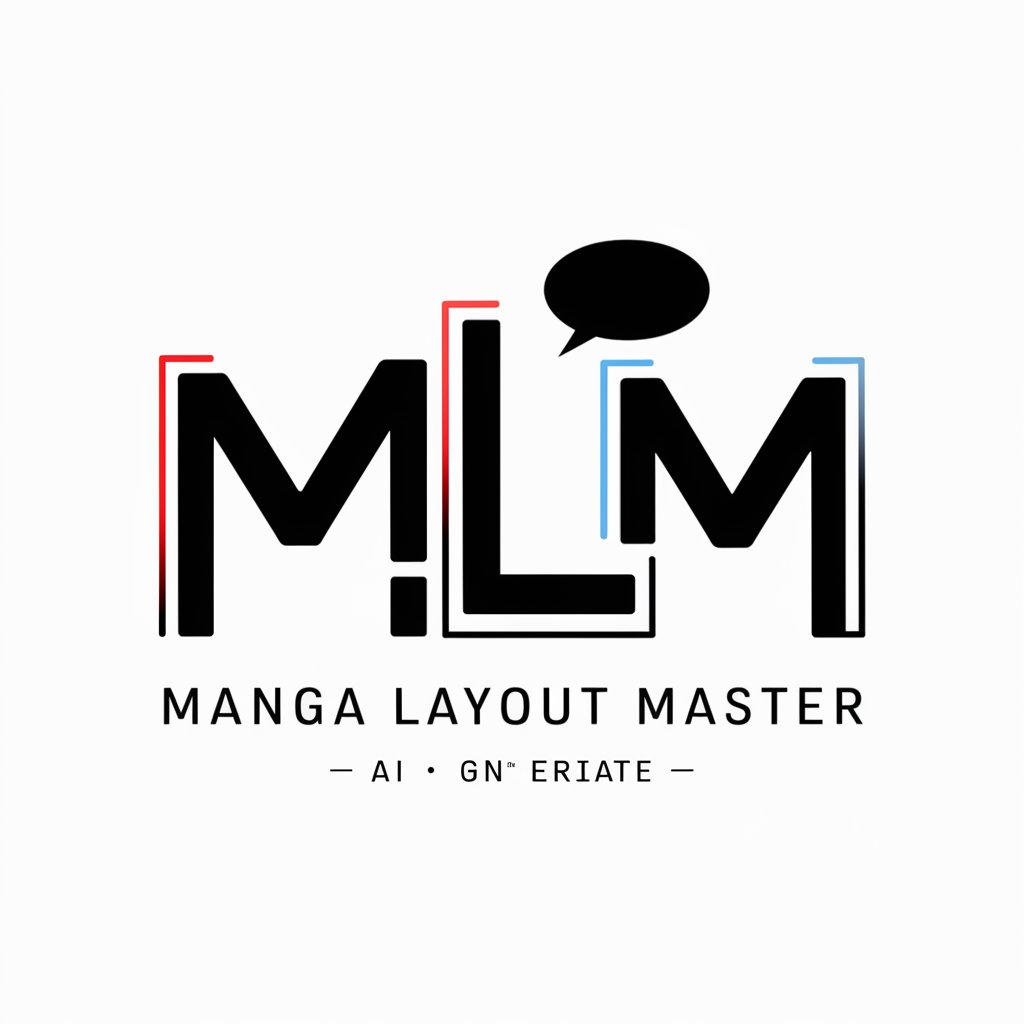
Garden Companion
Cultivate your garden with AI-powered guidance
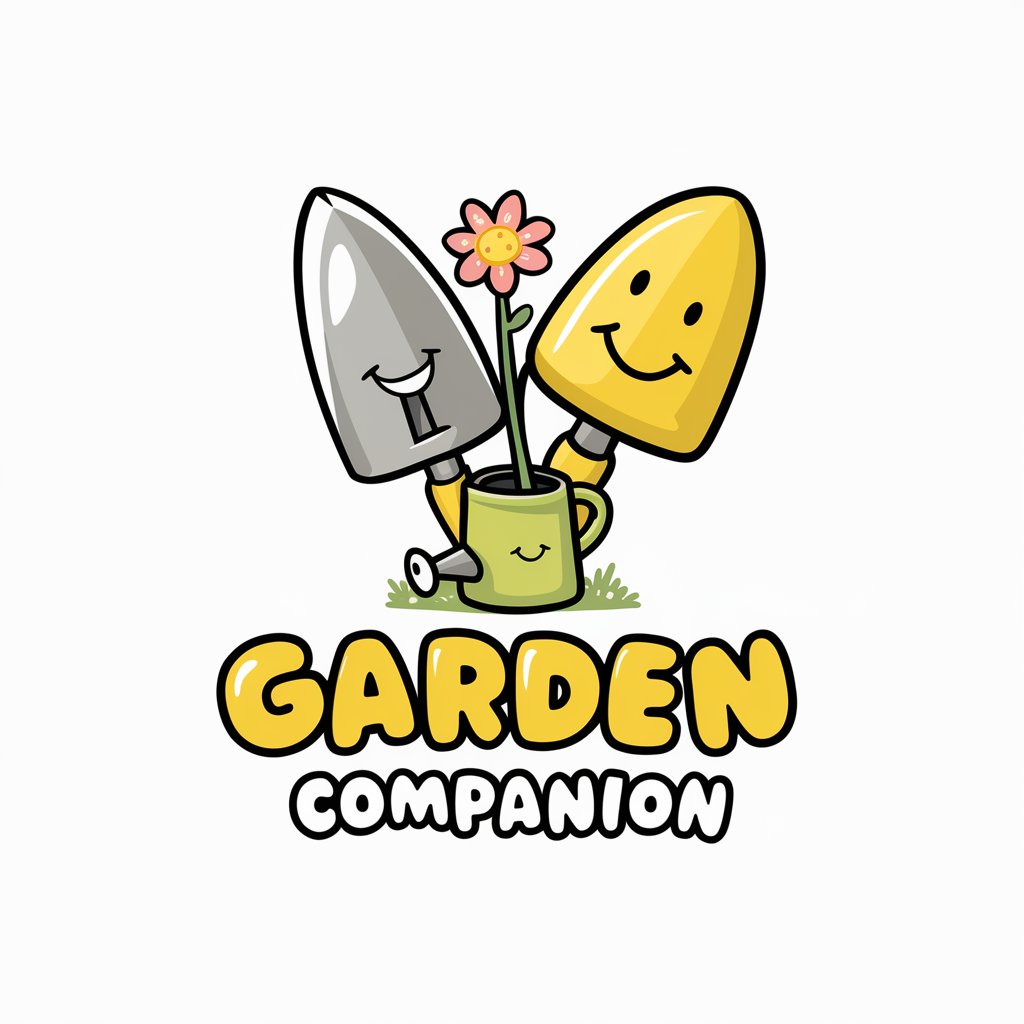
Interior Insights
Transform spaces with AI-driven design

Essential Attributes of Layout Planning AI Tools
These GPTs are equipped with features like high adaptability to diverse planning needs, the ability to generate and manipulate layout designs, and the capacity for detailed analysis of space utilization. Special features include real-time language translation for global collaboration, comprehensive technical support, advanced web search capabilities for design inspiration, image creation for visualizing potential layouts, and robust data analysis tools for optimizing space and functionality.
Who Benefits from Layout Planning AI?
AI GPTs for Layout Planning cater to a wide audience, including novices looking to design their spaces, developers creating complex layout planning software, and professionals in architecture, interior design, and urban planning. They are accessible to users without coding experience, while offering extensive customization options for those with programming skills, bridging the gap between technical expertise and creative design.
Try Our other AI GPTs tools for Free
Software Analysis
Discover how AI GPTs for Software Analysis enhance development workflows, offering code insights, automated reviews, and learning capabilities tailored to modern software projects.
Model Comparison
Discover the power of AI GPTs for Model Comparison: tailor-made tools designed to optimize AI model selection and performance evaluation for developers and professionals.
Financing Guidance
Discover how AI GPTs for Financing Guidance can transform your financial decision-making with personalized advice, market insights, and secure data analysis.
Purchase Planning
Discover how AI GPTs for Purchase Planning can transform your procurement strategy with advanced forecasting, risk assessment, and personalized recommendations.
Flavor Discovery
Explore the future of culinary innovation with AI GPTs for Flavor Discovery. Unlock new flavors and trends with advanced data analysis and intuitive tools designed for culinary professionals and enthusiasts alike.
Beverage Customization
Discover AI-powered GPT tools for personalized beverage creation. Tailored solutions for recipes, trends, and dietary needs at your fingertips.
Expanding Horizons with AI in Layout Planning
AI GPTs represent a significant advancement in layout planning, offering user-friendly interfaces that democratize design. They are not just tools but partners that can integrate seamlessly into existing workflows, bringing a new level of intelligence and efficiency to the planning process. Their ability to learn and adapt makes them a cornerstone for future developments in spatial design.
Frequently Asked Questions
What exactly are AI GPTs for Layout Planning?
AI GPTs for Layout Planning are intelligent tools that use Generative Pre-trained Transformers to aid in the design and organization of spaces, enhancing efficiency and creativity in layout planning tasks.
How do these tools adapt to different layout planning needs?
They use machine learning to understand specific requirements and generate tailored solutions, whether for small rooms or large urban spaces, adapting to both simple and complex planning scenarios.
Can non-technical users utilize these AI GPTs effectively?
Yes, these tools are designed with intuitive interfaces that allow non-technical users to leverage AI for layout planning without needing programming knowledge.
Are there customization options for developers?
Absolutely, developers can access APIs and coding interfaces to tailor the AI capabilities to specific projects or integrate them into larger systems.
How do AI GPTs for Layout Planning handle data analysis?
They can process and analyze large datasets to optimize space utilization, functionality, and aesthetics, providing insights that inform better layout decisions.
Can these tools provide visual representations of layouts?
Yes, they can generate images or simulations of potential layouts, helping users visualize the end result before implementation.
Is real-time collaboration supported?
Many of these tools offer features for real-time collaboration, including language translation, to facilitate global projects and teamwork.
What makes AI GPTs stand out in the field of layout planning?
Their ability to process natural language instructions and generate detailed, customized planning solutions makes them unparalleled in enhancing efficiency, creativity, and decision-making in layout planning.